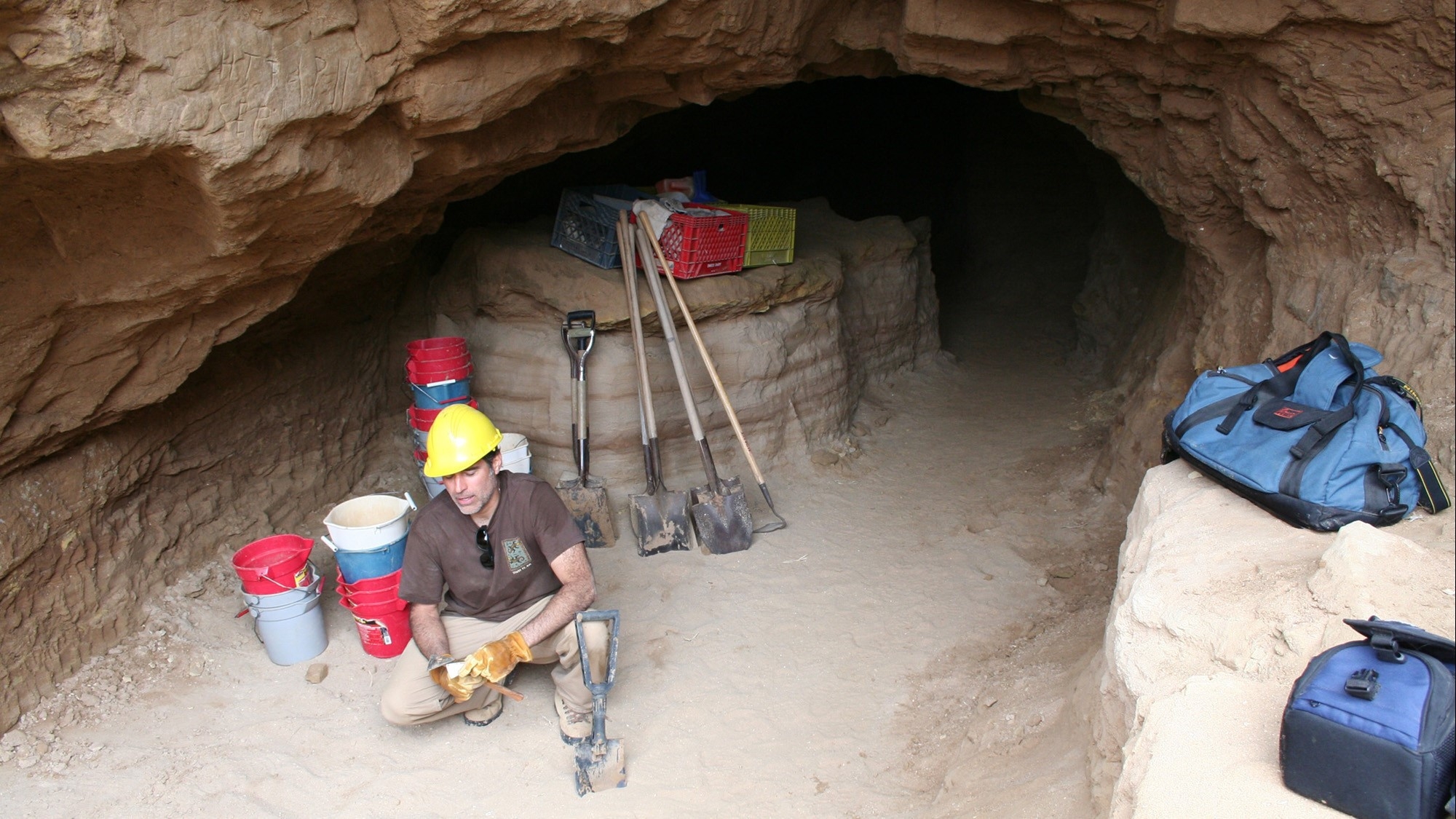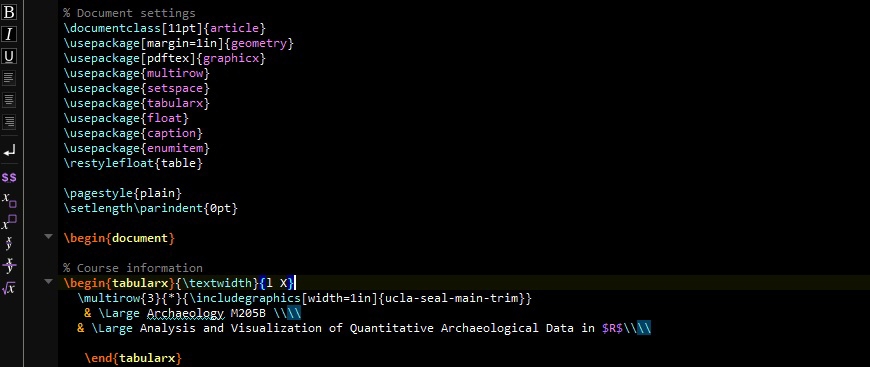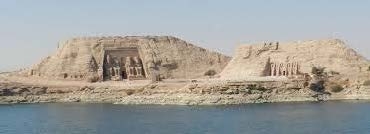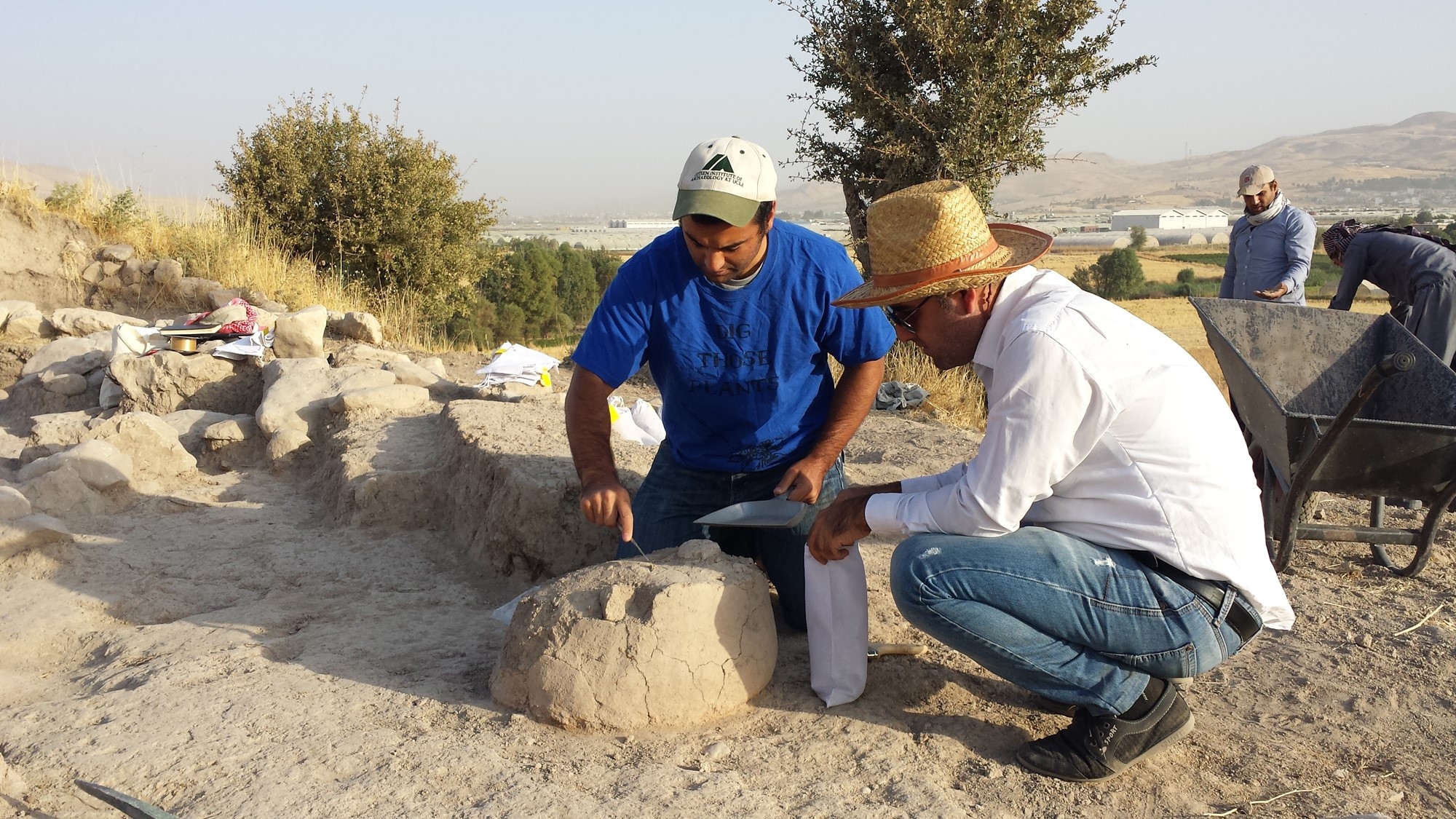Past Events
Interested in Cotsen events? Sign up for our mailing list.Speaker: Dr. Alan Sullivan, Professor, Department of Anthropology, University of Cincinnati
Archaeological investigations of the effects of anthropogenic fire on the livelihoods of small-scale societies, particularly those of the prehispanic northern Southwest, are embryonic in scope and disciplinary impact. When burning is mentioned in the literature, the emphasis is on its effectiveness in clearing or deforesting areas for corn farming. In this presentation, I introduce an alternative model that focuses on how woodland-dwelling agricultural populations could be supported by systematic, lowintensity, understory burning that promoted the growth of ruderals -- nutritious plants such as amaranth and chenopodium -- that colonize and thrive in anthropogenic fireniches. With paleoeconomic and settlement data from the Upper Basin (northern Arizona), I propose that considerable numbers of people can be supported by firebased ruderal agriculture in areas that are environmentally hostile to corn farming. Consequently, as archaeologists shift their agro-ecological paradigms from obligate to facultative, they will come to appreciate that ruderals, whose remains dominate archaeobotanical and pollen assemblages recovered from a variety of archaeological and sedimentary contexts in the Western Anasazi region, can no longer be considered inadvertent byproducts of corn farming (“weeds”) but were actively cultivated plants. With these understandings, I suggest that the production of ruderals in anthropogenic pyro-landscapes was a sustainable and ecologically-sound practice that both increased food-supply security and insulated economically-autonomous populations from longterm climatic variability and short-term environmental unpredictability.
Contact Matthew Swanson
Email mswanson@ioa.ucla.edu
Phone
Speaker: Dr. Christian Greco, Director, Egyptian Museum in Turin, Italy
The Museo Egizio in Turin, Italy has the second largest collection of Egyptian Antiquities in the world (after the museum in Cairo). In this lecture Dr. Christian Greco highlights connections between its artifacts, through the history of their discovery, the reunification of burial assemblages, and investigating the common characteristics of historical groupings. In his talk, Dr. Christian Greco, Director of the Museo Egizio, discusses how a collaboration of Egyptologists and scientists enables the recreation of archaeological and historical contexts of the stunning objects housed in the collection.
Co-presented with the Fowler Museum
Contact Sonali Gupta-Agarwal
Email sonaliga@ioa.ucla.edu
Phone
Speaker: Dr. René Vellanoweth, Professor and Chair, Department of Anthropology, California State University, Los Angeles
In 1835, as part of broader efforts to missionize California Indians, the native people of San Nicolas Island were removed and sent to live on the mainland. This essentially marked the end of a 10,000-year history of native occupation and sealed the fate of all Nicoleño on the island except for one person who lived alone for 18 years. Known as the Lone Woman of San Nicolas Island, baptized and named Juana Maria upon her death, and made famous as the young heroine, Karana, in Scott O’Dell’s (1960) classic children’s novel, “Island of the Blue Dolphins,” her story has captured the imaginations of people the world over. But who was Juana Maria? What happen to her family members on the fateful day in 1835? What did she do for 18 years alone on the island? How did she survive physically as well as psychologically? In this presentation I will attempt to answer some of these questions by placing the Lone Woman’s story within its archaeological and historical contexts.

Contact Matthew Swanson
Email mswanson@ioa.ucla.edu
Phone
LaTeX is a document preparation system that uses plain rather than formatted text, which encourages users to focus on content rather than formatting. This system is increasingly used for preparation of articles and theses, and has wide application across the sciences and humanities. This workshop will focus on the strengths of the LaTeX system in a) figure and caption creation and adjustment, b) bibliographic entry and formatting, c) support for scientific notation, mathematical symbols, and non-Latin characters as well as non-English accents and symbols, and d) easy management of large documents.
This workshop will be limited to 20 participants. Please email dal@ioa.ucla.edu to RSVP by Sunday, February 12th.

Contact Deidre Whitmore
Email dal@ioa.ucla.edu
Phone
Speakers: Rosa Tamborrino and Paolo Piumatti, Politecnico di Torino
Our visiting scholars from the Politecnico di Torino, will outline the first steps in a new UCLA-Polito collaboration.
The first International large scale UNESCO campaign for preserving world cultural heritage was provoked by a looming catastrophe: the loss of the Nubian Temples under the Nile flood due to the High Aswan Dam. Although the monuments were rescued, the context of the cultural heritage was lost. Nubian temples were moved to higher grounds, other regions and abroad, meanwhile the Nile landscape was changing forever.
This lecture will introduce the ongoing joint research project developed by POLITO and UCLA with the aim to recreate the historical landscape before the change in the Sixties through the research of sources and the use of digital tools and digital humanities methods. The focus of the visualization project is the change to the landscape and the temples, by highlighting the transfer and the relocation, the dismantling and the re-assembly, and finally the new context of these monuments.
The speakers will introduce research themes and purposes, and will show some outcomes of a class on this subject taught to POLITO master students in the past semester.

Contact Matthew Swanson
Email mswanson@ioa.ucla.edu
Phone
Speaker: Dr. Anneke Janzen, Postdoctoral Scholar, Cotsen Institute of Archaeology
Specialized pastoralism emerged in Kenya around 3000 years ago and has adapted with changes in the social and ecological landscape to this day. My dissertation work used stable isotope analysis to explore the mobility and herd management strategies of early pastoralists in south-central Kenya 3000 to 1200 years ago, before the appearance of agriculture in the region.
Another facet of my work on early herding involves examining the anthropogenic effects on wildlife populations. The emergence and spread of pastoralism in East Africa undoubtedly impacted indigenous species, particularly wildebeest, which are found in archaeological sites far outside their current range today. Pastoral extirpation of wildebeest populations from prime grazing areas is one likely cause of their shifting biogeography over time. Through stable isotope analysis of wildebeest teeth from archaeological sites, a history of their annual migration cycle are elucidated, illuminating patterns of local extinction in the context of pastoral expansion in Kenya.

Contact Matthew Swanson
Email mswanson@ioa.ucla.edu
Phone
Speaker: Dr. Alan Farahani, Postdoctoral Scholar, Cotsen Institute of Archaeology
This talk is a summary of the research conducted by Postdoctoral Scholar Alan Farahani at the UCLA Cotsen Institute of Archaeology over the past two years. His research has been focused on the long-term social and environmental consequences of agricultural production throughout the world using the method of paleoethnobotany, which is the study of archaeological plant remains to understand past human cultures. The talk highlights recent fieldwork and preliminary results from Dhiban, Jordan, from Ifugao, the Philippines, and Iraqi Kurdistan, the combination of all of these projects investigating the effects of empire, colonialism, and urbanization on agriculture spanning over six millennia of agricultural practice.

Contact Matthew Swanson
Email mswanson@ioa.ucla.edu
Phone
Photogrammetry, or Structure-from-Motion, is a technique for constructing three dimensional models from a series of photographs. This technique can be utilized by archaeologists to record objects, features, and sites both quickly and relatively inexpensively. In this workshop, you'll learn how to systematically photograph objects and the steps to processing these photographs into a 3D model with Agisoft's PhotoScan.
The workshop will be led by Anthony Caldwell, the Scholarly Innovation Lab Manager. Anthony has collaborated with Cotsen faculty on projects digitally reconstructing architectural features and their built environments including a pair of Yoruba house posts and the historic theatres in Downtown Los Angeles.
This workshop is open to Cotsen affiliates and their colleagues.
Contact Deidre Whitmore
Email dal@ioa.ucla.edu
Phone
Speaker: Dr. Geoffrey Summers, Research Associate, University of Chicago Oriental Institute
Mauritius, a small island nation in the Western Indian Ocean, was uninhabited until the arrival of the Dutch in the 16th century. After the Dutch left it was ruled first by the French and then by the British until independence in 1968. The ethnically and culturally diverse population is descended from slaves, indentured labourers, traders and colonial planters. Archaeology and anthropology are relatively new disciplines. This talk presents an overview of potentials, prospects, and new results of archaeological research in the Key and the Star of the Indian Ocean.
Contact Matthew Swanson
Email mswanson@ioa.ucla.edu
Phone
Speaker: David Scott, Professor, UCLA Department of Art History and UCLA/Getty Conservation Program

The San Diego Museum of Man has a collection of Saite and Ptolemaic coffins and mummies which were the subject of a technical study from 2007-2009. Pigments, binding media, grounds, wood and degradation products were characterized by x-ray diffraction analyses, x-ray fluorescence spectroscopy, polarized light microscopy, wood anatomy, gas chromatography mass spectrome try and Elisa, a synopsis of the results of the study will be presented with examples of specific coffins illustrated.
Contact Matthew Swanson
Email mswanson@ioa.ucla.edu
Phone
- ‹ previous
- 41 of 50
- next ›


